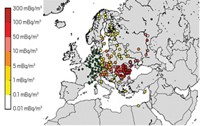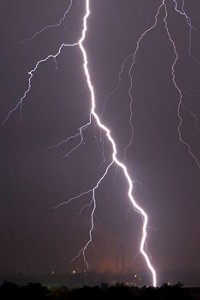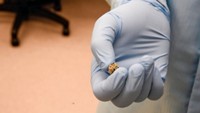Advertisement
Grab your lab coat. Let's get started
Welcome!
Welcome!
Create an account below to get 6 C&EN articles per month, receive newsletters and more - all free.
It seems this is your first time logging in online. Please enter the following information to continue.
As an ACS member you automatically get access to this site. All we need is few more details to create your reading experience.
Not you? Sign in with a different account.
Not you? Sign in with a different account.
ERROR 1
ERROR 1
ERROR 2
ERROR 2
ERROR 2
ERROR 2
ERROR 2
Password and Confirm password must match.
If you have an ACS member number, please enter it here so we can link this account to your membership. (optional)
ERROR 2
ACS values your privacy. By submitting your information, you are gaining access to C&EN and subscribing to our weekly newsletter. We use the information you provide to make your reading experience better, and we will never sell your data to third party members.
Physical Chemistry
New model could help detect illicit nuclear tests
Simulations predict isotope ratios of gases that leak from underground test sites
by Elizabeth K. Wilson
March 24, 2016
| A version of this story appeared in
Volume 94, Issue 13

Scientists have improved their ability to detect underground nuclear explosions set off by rogue nations, a development sure to be of interest next week, when the Nuclear Security Summit kicks off its 2016 meeting in Washington D.C.
A team led by Charles R. Carrigan at Lawrence Livermore National Laboratory (LLNL) used field experiments to build a new, complex model that predicts isotopic ratios of noble gases that would be released from such explosions (Sci. Rep. 2016; DOI: 10.1038/srep23032). These gases would be carried away in the atmosphere after an explostion and investigators could look for the isotopic signatures thousands of kilometers away from the test site and even months afterward.
Since 1996, 183 nations have signed the Comprehensive Nuclear-Test-Ban Treaty, which prohibits underground testing of nuclear weapons. However, India, North Korea, and Pakistan have not signed the treaty, and North Korea claims to have conducted four underground explosions in the past decade.
The U.S. continues to observe a moratorium on nuclear testing, so scientists, particularly at government facilities such as LLNL and Los Alamos National Laboratory (LANL), develop ways to detect these events without creating an explosion themselves. They have looked to indirect evidence, such as seismic data and noble gas transport. They’ve focused in particular on the migration of radioisotopes 133Xe and 37Ar, which are telltale signatures of a nuclear explosion.
In this new work, Carrigan’s team injected gas tracers into an old cavity in Nevada created by an underground nuclear explosion and studied how the gases were transported and released from the cavity.
Their model addresses some complexities of gas transport in geological systems. Previous studies have modeled existing ground fractures, but the LLNL group also included fractures created by the force of the explosion. “We show that the earth is not a perfect container” for gases, Carrigan says.
Their simulations also show that isotopic ratios of radioactive xenon gas are dependent on the magnitude of the explosion. “This suggests that measuring isotopic ratios of downwind gases might potentially tell us something about the nuclear yield or size of an underground nuclear explosion,” Carrigan says.
“This work is of great interest to the nuclear detection community,” LANL’s Philip H. Stauffer says, noting the importance of the Carrigan team’s addition of a more complete set of isotopes, which will help inform a model of explosion-generated fractures recently developed at Los Alamos.
The model’s noble-gas ratio predictions were similar to the ratios found in atmospheric data gathered from as far away as Japan and Russia nearly two months after North Korea announced it had conducted an underground explosion in 2013.
The researchers hope atmospheric data from North Korea’s alleged underground test in January become available so that they can compare them to predictions from their model.





Join the conversation
Contact the reporter
Submit a Letter to the Editor for publication
Engage with us on Twitter